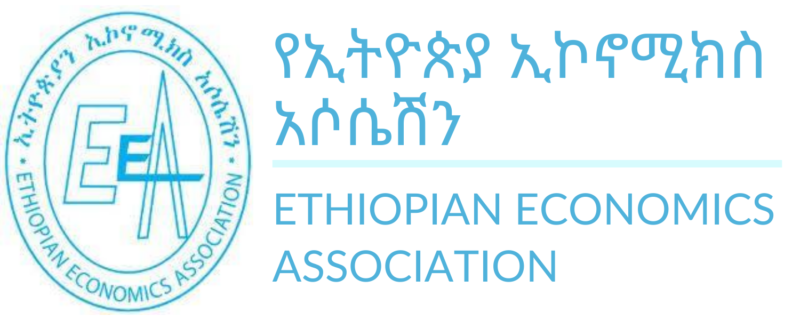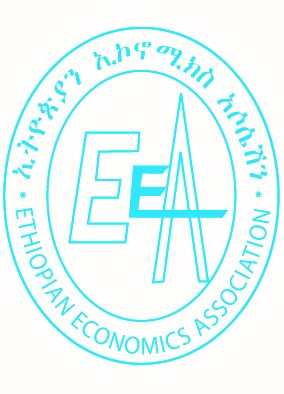Abstract
In Ethiopia, 9.7 percent of rural and 28.7 percent of small-town children are
wasted and underweight, and undernutrition is responsible for a large
percentage of childhood deaths. We use two waves of panel data, from the
2012 and 2014 Ethiopia Socioeconomic Surveys, to assess the dynamics of
weight-for-height z-score, wasting, weight-for-age z-score, and underweight
among children aged 6-59 months. Ordinary least squares (OLS) and fixed
effects regression models are used to examine the associations of individual,
household, and community factors with each outcome. The cross-sectional
results, which generally parallel previous findings, suggest that child’s sex,
recent illnesses, household assets, and livestock ownership are correlated
with nutritional status. However, many associations disappear after
controlling for fixed effects; only recent illness and community access to a
main road are consistently significant determinants of changes in nutrition
status. Thus, changing factors traditionally identified as correlates of
undernutrition may not be enough to improve children’s nutrition. Further
panel analysis, conditional on baseline nutrition status, shows that drivers of
change are asymmetrical—a finding important for policy development.

